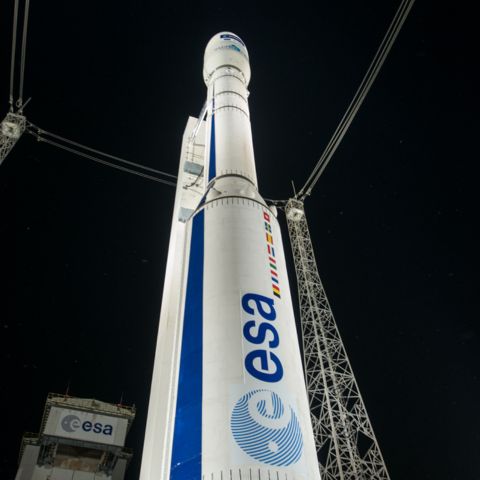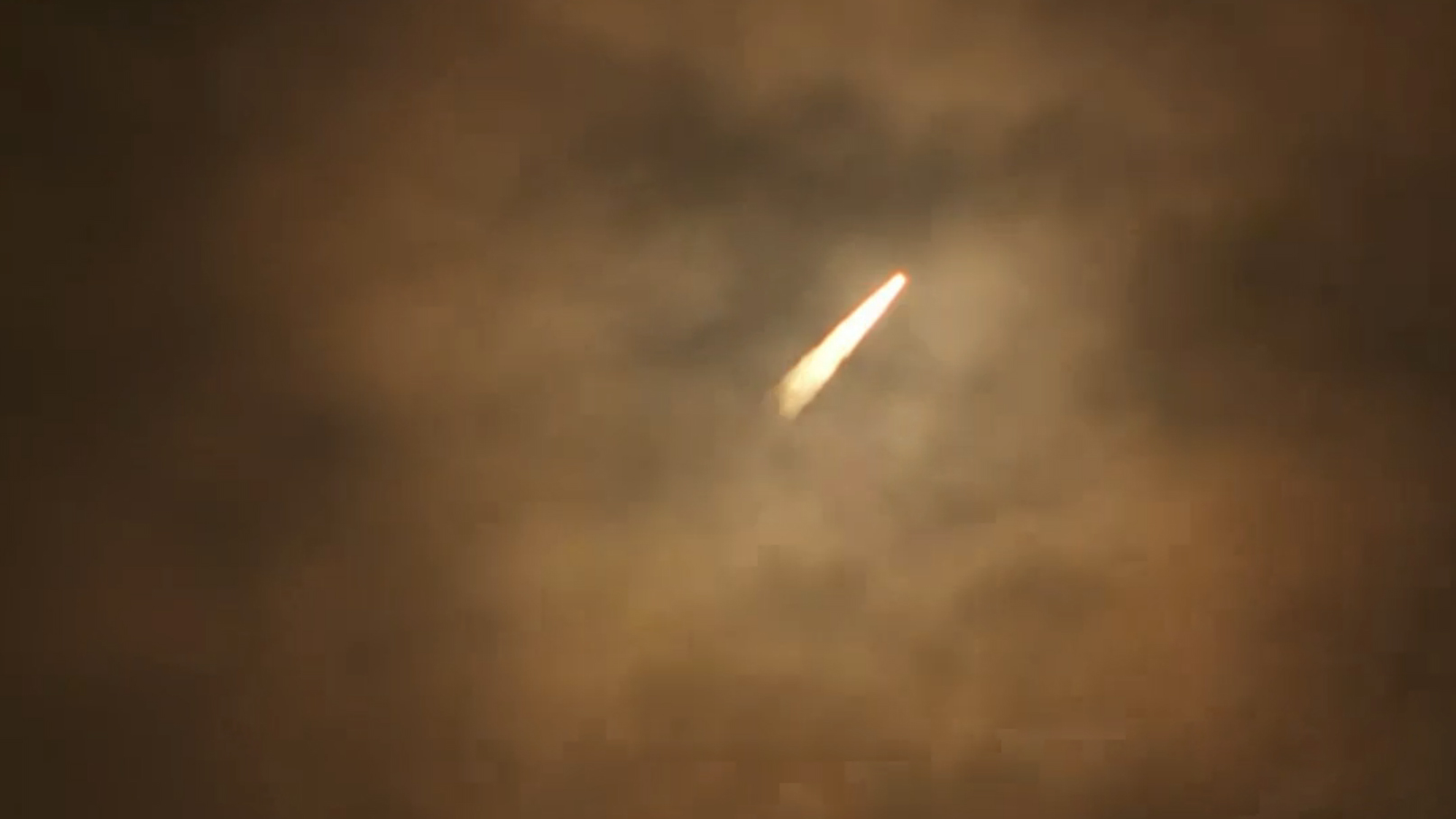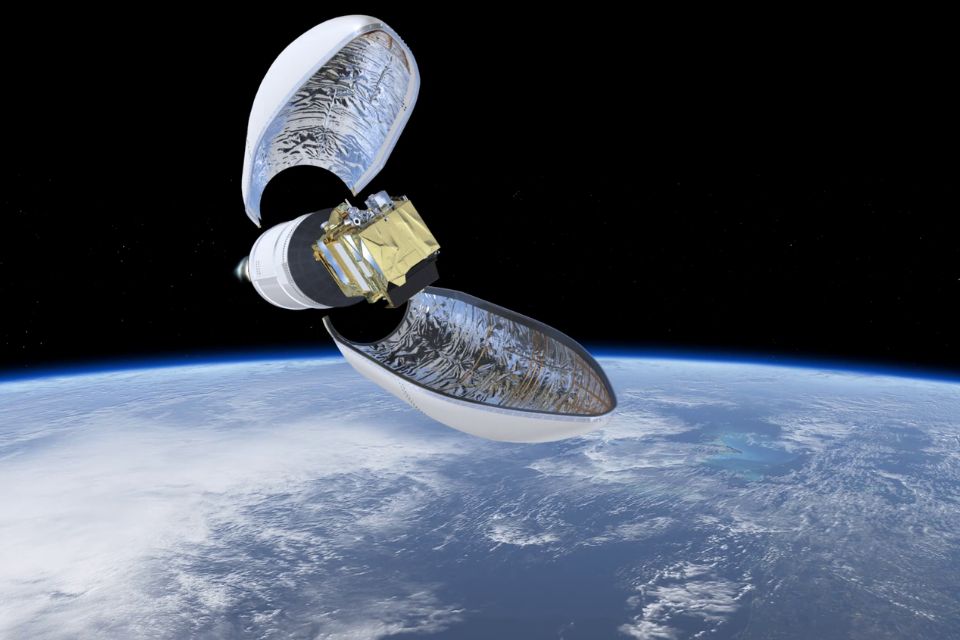What was Sentinel-2A’s original mission design lifetime, and what do you think are the main reasons it’s still operational after 10 years?
The Copernicus Sentinel-2 mission is a constellation of satellites, each meant to provide service for 7.25 years. The satellites were designed and manufactured to ensure that, unless there was an external catastrophic event such as the impact of a micrometeoroid, they would operate without fatal failures or interruption to payload service for at least the duration of their design lifetime. The fact that the satellite remains operational and healthy nearly three years beyond its planned lifetime is likely due to a combination of its highly robust design and the excellent operation and management practices that have consistently focused on minimizing risks and preventing potential hardware degradation.
One of the main sources of degradation for satellites in space is solar radiation. The more intense the radiation, the faster the degradation of electronics, thermal properties of spacecraft surfaces, and the performance of optical systems. Sentinel-2A was launched in June 2015, about a year after the peak radiation levels of the 11-year solar cycle (with the next peak expected this year). As a result, most of the satellite’s time in space has coincided with periods of lower solar activity, which has certainly contributed to maintaining the spacecraft’s good health.

Fully assembled Vega VV05 carrying Sentinel-2A ready for launch.
In your view, what has been the most significant contribution of Sentinel-2A to science, environmental monitoring, or society?
It is not easy speak about the most significant contribution, because the applications based on data acquired by Sentinel-2A are many and very different. During the routine operation of the satellite, around 2 TB of data were being produced every day, which is an indicator of the massive potentiality in the use of Sentinel-2 data.
Probably the most significant contribution has been the measurements of vegetation coverage or, opposed to it, the progression of the desertification of some areas in our planet. But on the other hand, its data has been used to coordinate activities in areas affected by a catastrophe, like wildfires or volcanic eruptions, and for these Sentinel-2A has had a paramount contribution.
Are there particular applications (e.g., agriculture, disaster monitoring) where Sentinel-2A data has been especially impactful?
Absolutely. Data acquired by the Copernicus Sentinel-2 mission allows farmers to detect water stress, nutrient deficiencies or diseases in their crops before the symptoms are visible on ground. Thanks to that, preventive actions can be taken before it is too late, thus improving the efficiency of the crops and reducing the risks of potential loss of the harvest.
In disaster monitoring, Sentinel-2A has also played an important role, providing information to support the decision making on how to react to the disaster and assess what its impact has been. There are many examples, but one that I found particularly interesting was in 2021 during the eruption of a volcano in the Canary Islands. Sentinel-2A data was being used to monitor the progression of the lava, by monitoring whatever was red coloured in the observed area. A few days after the eruption, a crack in one of the sides of the volcano was spotted, leading to understand that lava was about to flow from a place where it was not expected. This led to a preventive evacuation of populations that at first had not been at risk. These kinds of decisions would be taken much later if it was not because the satellites are providing us with very useful information that we cannot detect so early from ground.

Sentinel-2A liftoft
How do lessons learned from Sentinel-2A help inform the next generation of Earth observation missions?
Each mission is itself a long-term technological test bench. The experience gained through the years with the use of each of the systems that are embedded in a satellite allows to further develop them and improve the technology that will be used in future projects. On the other hand, the use of the Sentinel-2 satellites has shown design limitations that could be corrected in the future. For example, the Copernicus Sentinel-2 satellites were designed to monitor land areas and not the oceans and, as such, the amount of data that can be stored is sized using this requirement as a starting point. However, in the last years interest to monitor the plastic islands that are floating in the oceans has grown, and an increase of the capacity to store data in the memory of the satellite to allow more data acquisition could be justified for future Earth observation missions.
What has working on Sentinel-2A meant to you personally?
The first idea that comes to my mind is the personal and professional development I have experienced. Although I had previous space operations experience, working with Sentinel-2A has given me the opportunity to learn not only how the satellite works, but also how the space projects (especially big ones like this one) work and what are their needs and constraints. On the other hand, there is also a very satisfying feeling when I see that the product of my work is transformed in an image that later is used to cause a very positive impact in large populations. Every time that an image from Sentinel-2 is being used to understand the impact of climate change or to coordinate the support in catastrophe areas, I feel very happy to be part of this project.
Moreover, working on Sentinel-2A has become a challenge ever since last September a third satellite of the Sentinel-2 family (the C model) was launched, because the plan was to keep two satellites in space simultaneously but given the good state of Sentinel-2A, it was decided to keep it operational for now. Despite of my concerns before the launch of the C model, we have proved that we can operate efficiently the three satellites simultaneously, and this has been possible thanks to a process of constant improvement that has made me and my team more efficient.

Sentinel-2A on Vega
Any final thoughts you’d like to share as we celebrate Sentinel-2A’s 10th anniversary?
Spacecraft operations is a challenging job, since the space environment is very harsh and can easily damage our satellites. We never know when an anomaly can occur, and the different scenarios are many. I am very thankful that Sentinel-2A is still healthy and providing us with the data it acquires (and that it is accessible to anyone for free), and I cannot think of a better reason to celebrate its 10th anniversary.

